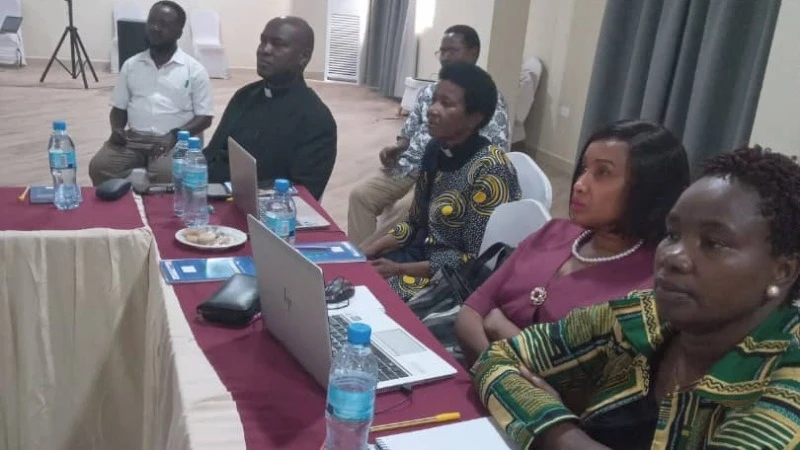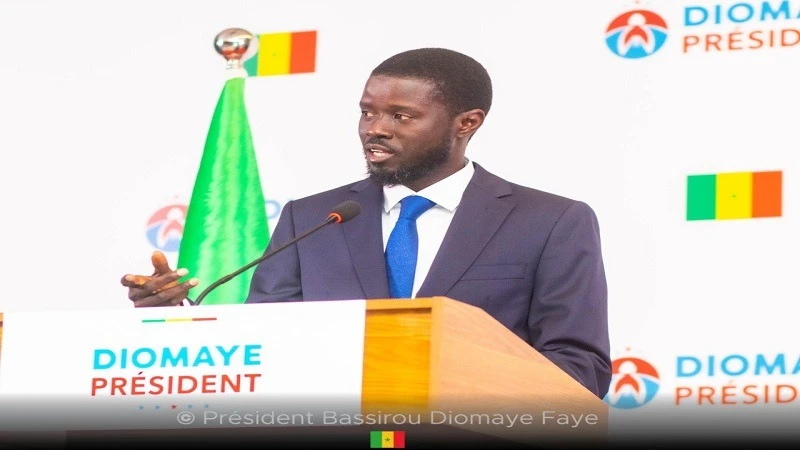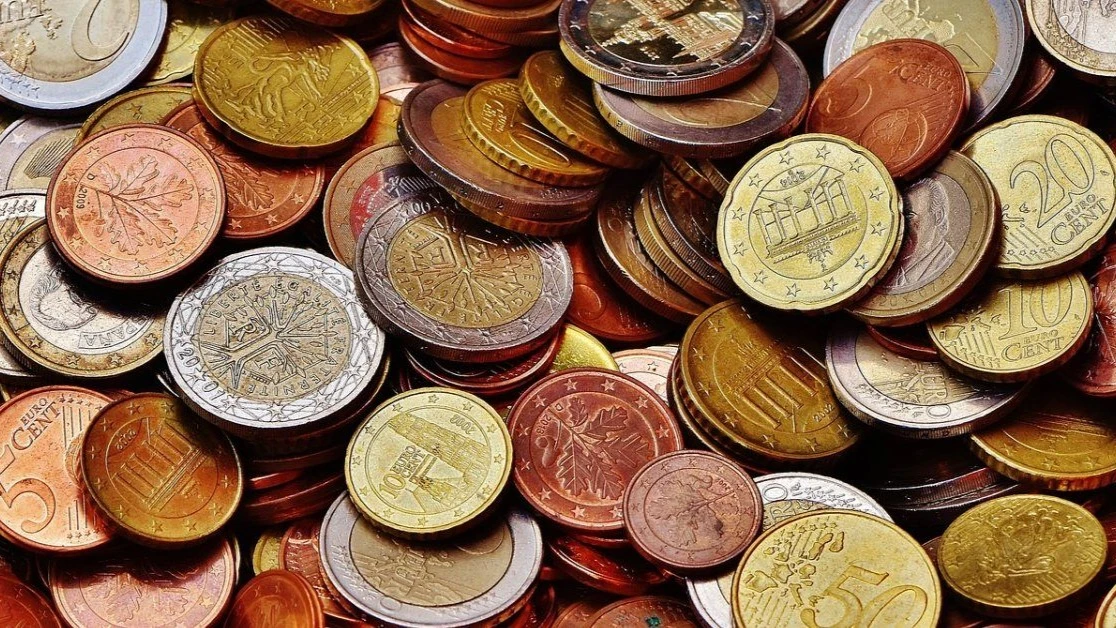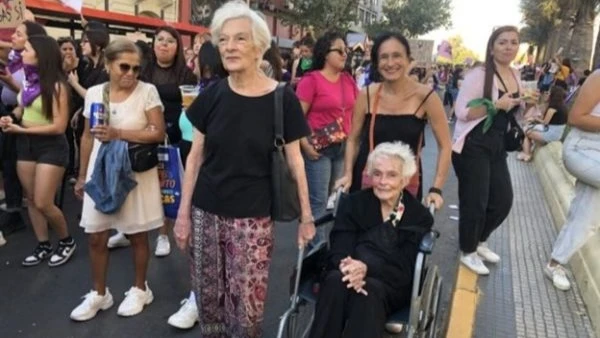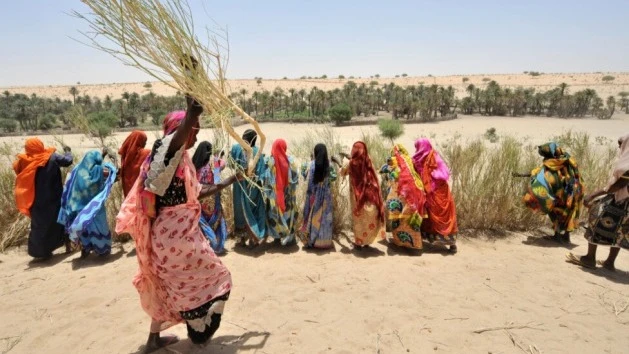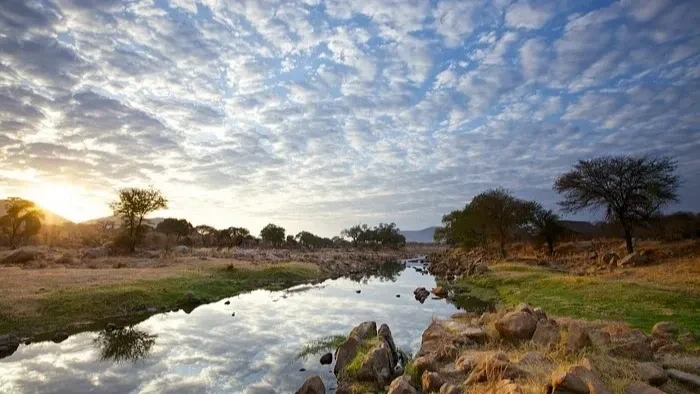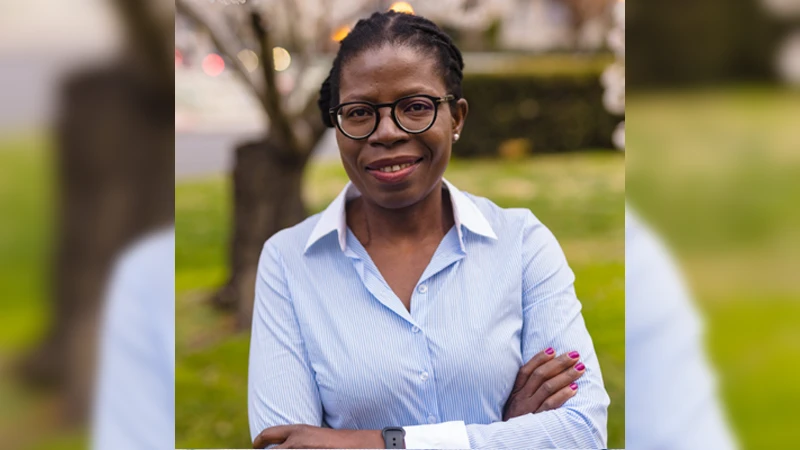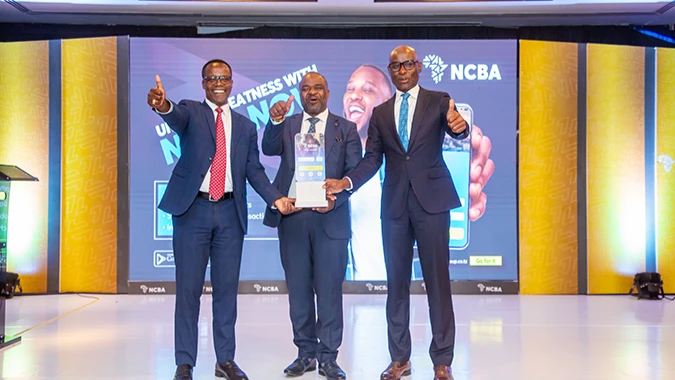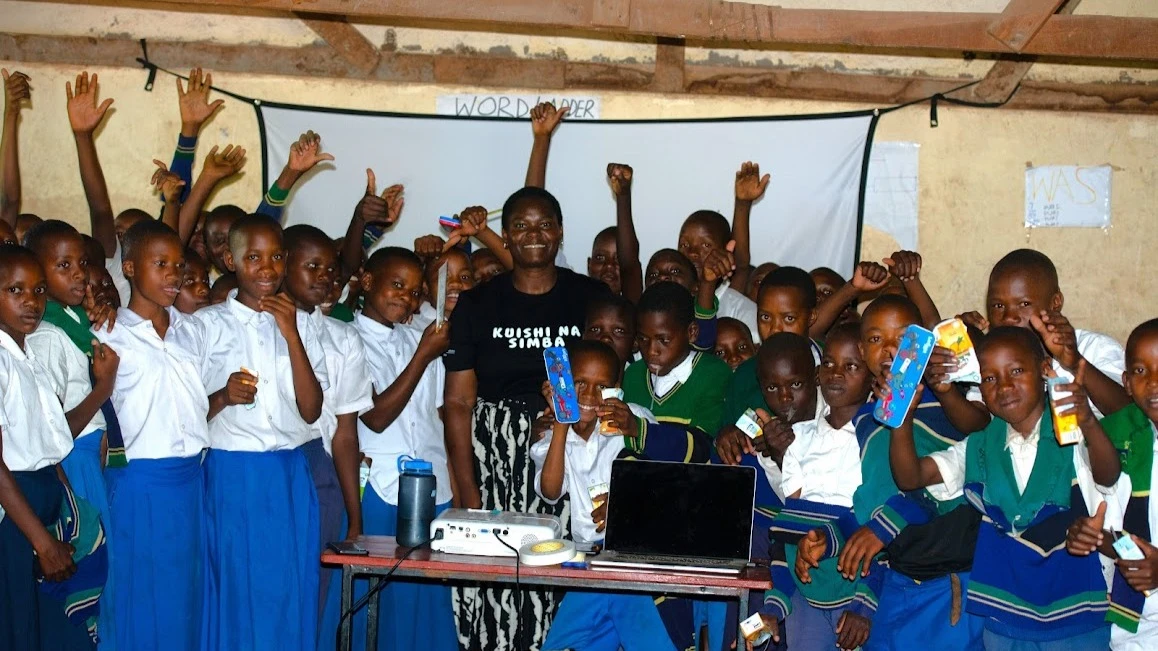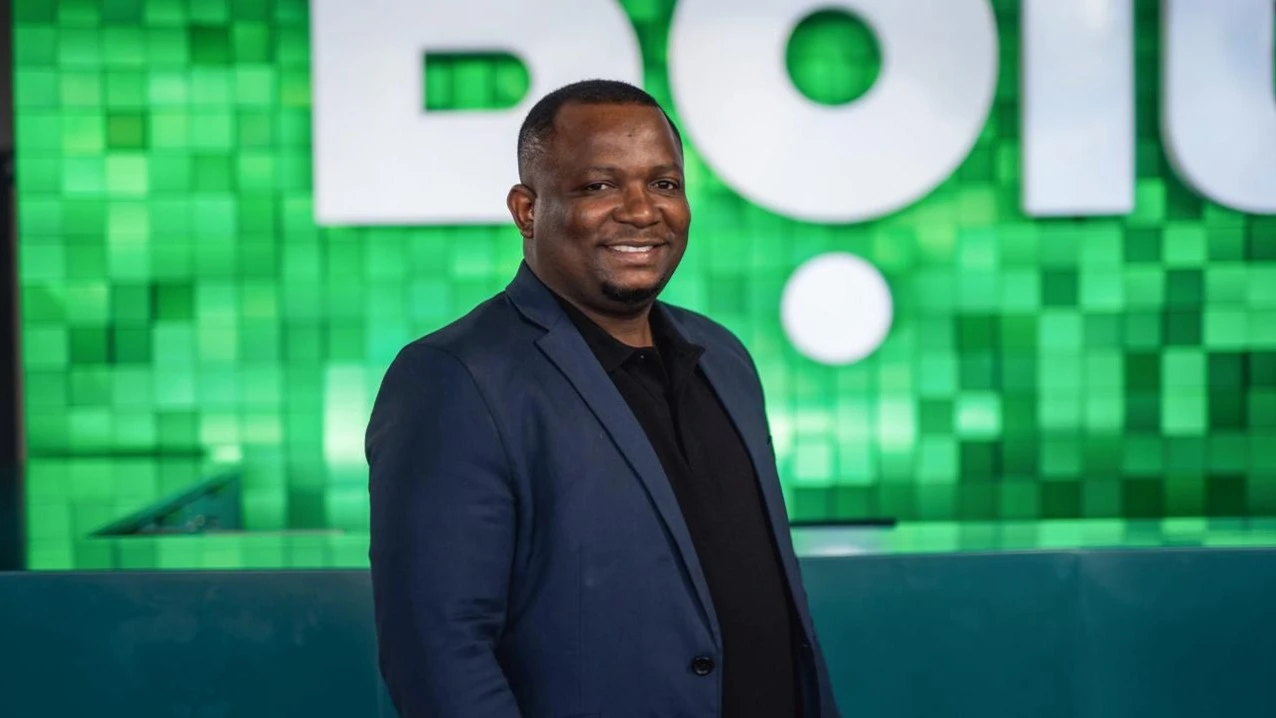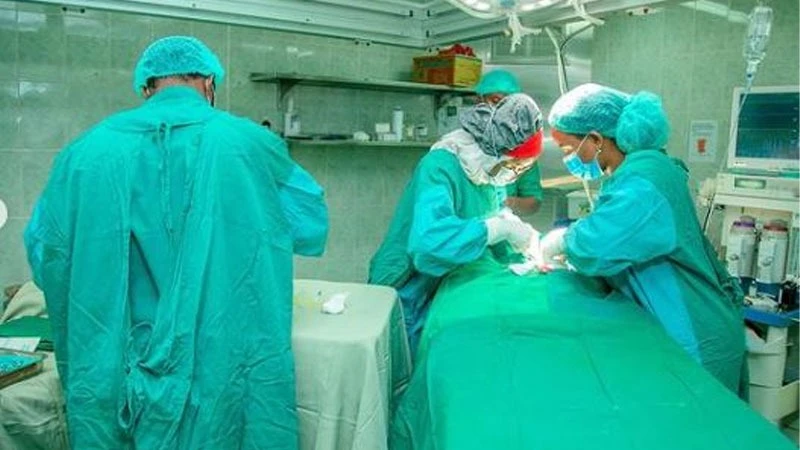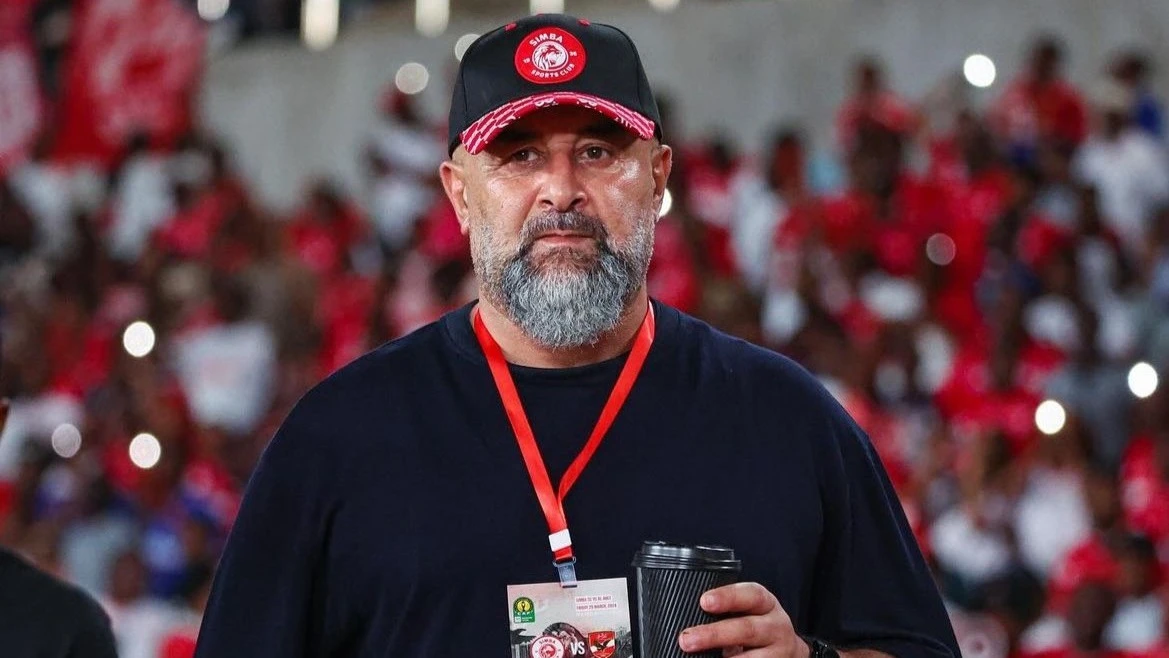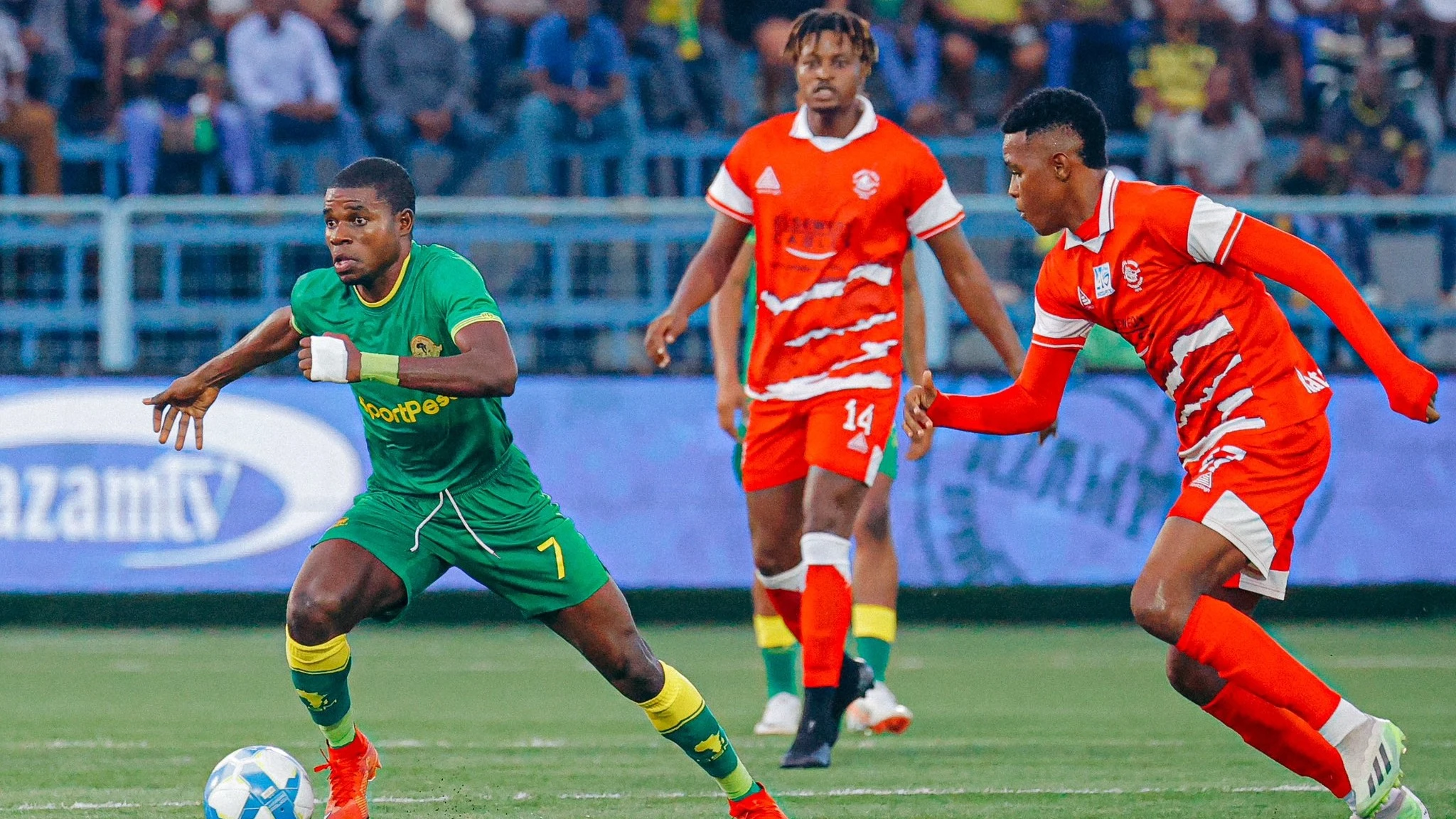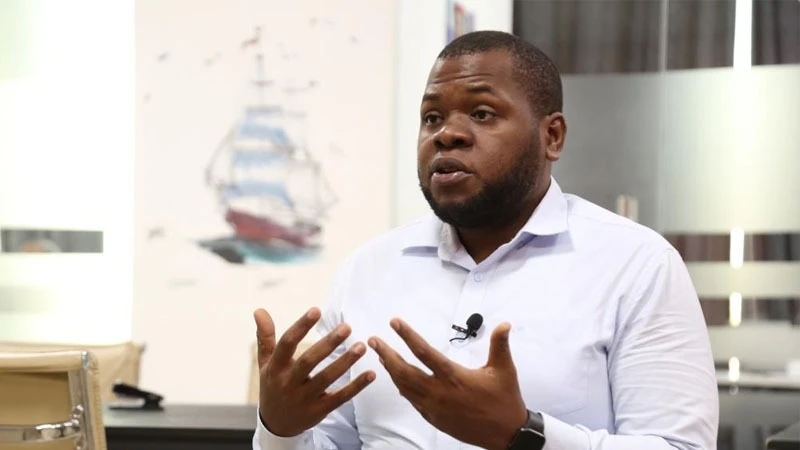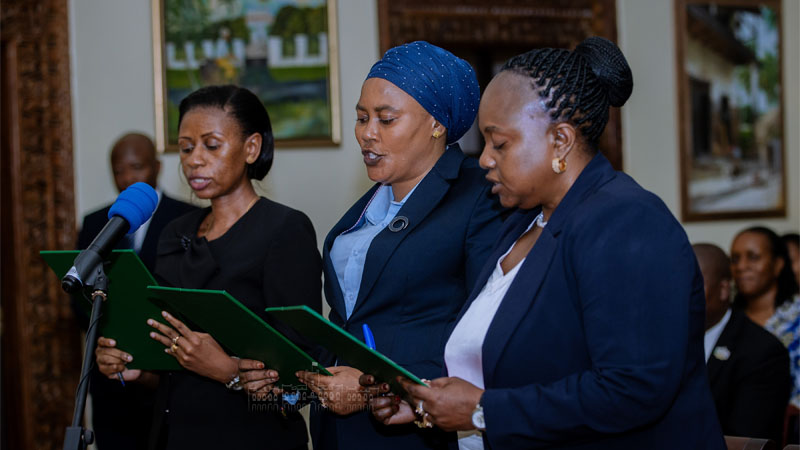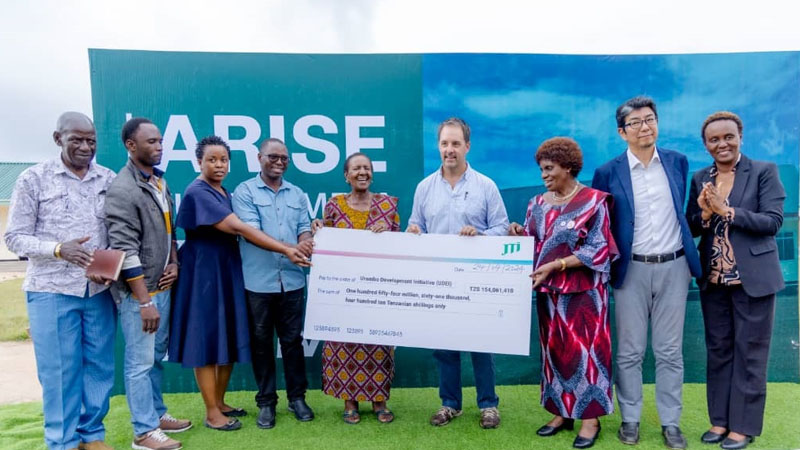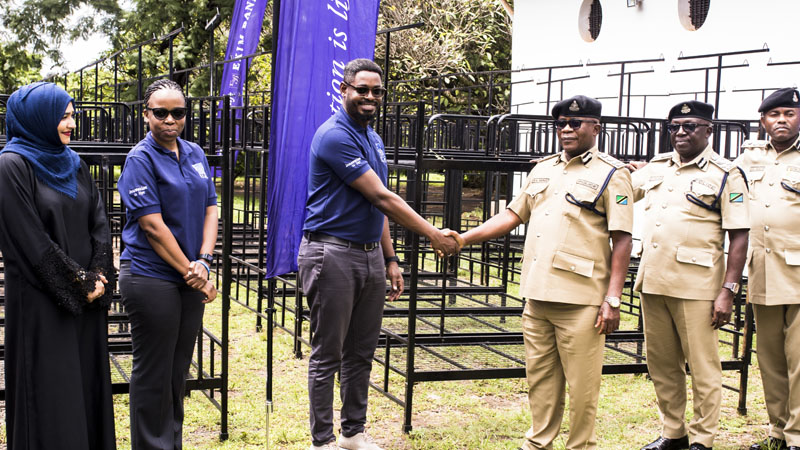What journalists have to say about press freedom in East Africa
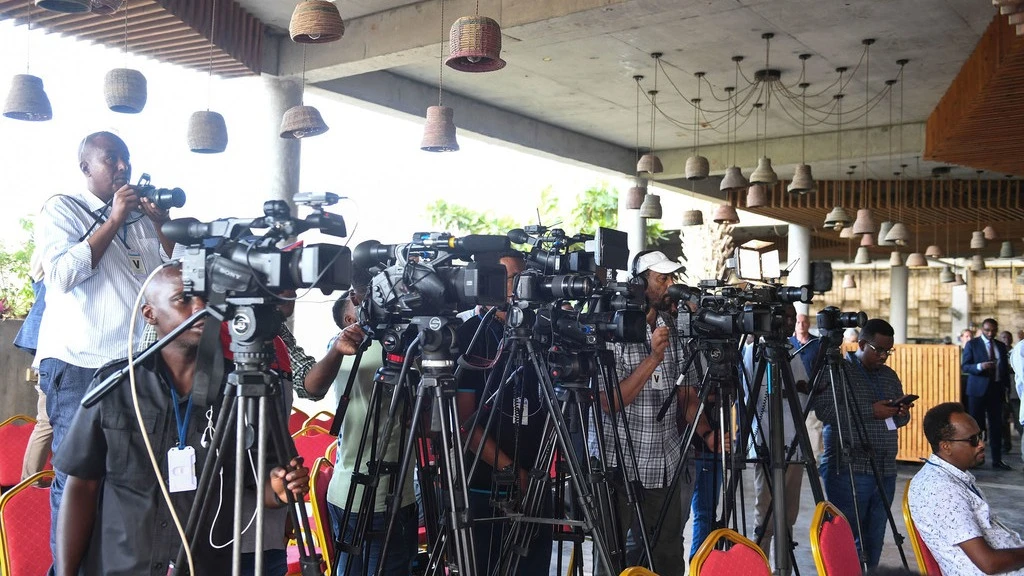
A majority of the world’s population has experienced a decline in press freedom in recent years, according to a United Nations report. In east Africa, the results are mixed and debatable.
In Rwanda, both international press freedom rankings and journalists on the ground say press freedom has increased over the past ten years.
In neighbouring Uganda, both international rankings and local journalists say media freedom has declined.
In Kenya, rankings reflect declining freedom over the past decade, but reporters acknowledge that they have more freedom than their counterparts in Uganda and Rwanda.
In our roles as associate professors in journalism and mass communication, we interviewed and surveyed more than 500 journalists in Rwanda, Uganda and Kenya.
We learned that the evolution and current state of press freedom in the region is complex. In our book, Press Freedom and the (Crooked) Path Towards Democracy: Lessons from Journalists in East Africa, we provide an updated state of press freedom in these three countries.
We argue that much of the academic research that classifies global media systems has overlooked the world’s most developing nations while those that have included developing nations have failed to consider their historical contexts.
They have worked from a misguided premise that nations develop in a linear fashion – from non-democracy to democracy – and from a restricted press to a free press. In reality, though, press freedom and democracy ebb and flow.
We examine the impact of social, political, legal and economic factors on media in Rwanda, Uganda and Kenya to help with understanding media systems outside the western world.
We chose to study these three countries because they represent varying stages of development and democracy building.
Rwanda, which experienced a genocide in 1994, is in relatively early though fast-paced stages of reconstruction.
Uganda, which experienced a civil war in the 1980s and unrest in the 1990s but arguably not to the extent of Rwanda’s genocide, can be considered in a middle stage of development.
Kenya, which has remained largely peaceful, can be understood as being in a more advanced stage of development.
In Rwanda, despite 30 years of economic, social and media progress and development, lingering impacts from the 1994 genocide against the Tutsi permeate the country’s media.
Multiple laws limit free expression there in the name of genocide prevention – and international press freedom rankings indicate that the nation is not free.
Yet, we found that many Rwandan journalists believe that they have a great deal of freedom and that outsiders don’t consider the country’s history when evaluating the media.
Outsiders, for example, hear that Rwandan journalists cannot criticize the president or high-ranking government officials and immediately assume that there is no press freedom.
However, local journalists say that they don’t feel oppressed. They feel relatively free to choose their story topics. They don’t want to publish critical stories because they want to foster peace.
Journalists believe that their role is to act as unifiers and right the wrongs of their predecessors who exacerbated the genocide.
Public trust in the media remains high, according to focus groups conducted with members of the public. In Rwanda, there appears to be a relationship between press freedom and distance from conflict. That is, the more time that passes since the country experienced war, the more the press freedom the country has.
Prioritising social good over media rights has helped Rwanda unify and develop, but over the long term we see signs that the country’s linear path towards increasing democracy and press freedom may not continue.
Rather, prioritising peace at the cost of press freedom could limit development and reinforce existing authoritarian power structures.
In Uganda, the relationship between press freedom and distance from conflict has been less linear. Some media restrictions have eased while others have worsened.
Despite a sustained period of peace after conflict with the Lord’s Resistance Army in the northern part of the country that began in the 1980s, press freedom is not increasing as time passes.
Overall, journalists in Uganda largely agree with the international perception that they are restricted and that the situation is worsening the longer President Yoweri Museveni remains in power.
Journalists in Uganda perceive their press freedom to be lower than journalists in neighbouring countries. They also have a more pessimistic outlook.
Government interference, some of which stems from the conflict and some that is new, remains pervasive. Worn down by government intimidation and repressive laws, coupled with low pay and lack of necessary equipment, some journalists told us they had turned to unethical behaviour, such as acting as spies in the newsroom.
Kenya is meanwhile home to the freest media environment. It is also the only country in our study that has seen changes in presidential leadership in recent years.
But just because a nation regularly holds elections doesn’t mean the path to democratisation and media freedom is smooth.
External measures indicate that Kenya has more press freedom than Uganda and Rwanda, and journalists in the country perceive this to be true.
However, data point to ups and downs of media freedom that have mirrored varying political administrations and events, including spurts of post-election violence.
These ebbs and flows are largely due to politicians or powerful members of society who share ideological goals or have financial interests like owning major media houses and influencing coverage.
Despite the challenges, journalists attribute Kenya’s state of press freedom to the vast international connections the country and its leaders have. An empowered civil society – which stems from both a space for dissent given by public officials, and the culture and spirit of Kenyans – has promoted the growth of human rights, including media freedoms.
But how and why does it matter? After a nuanced examination of the factors that affect the media in each of these countries, our book lists a set of factors that affect press freedom and democracy building.
Specifically, we believe that each country’s distance from conflict, political benchmarks, international linkages and civil society strength are central to understanding its degree of press freedom, development and democratisation.
While these factors are not the only elements that influence media landscapes, they are a starting point for better understanding and theorising about press freedom environments.
A free and independent press allows the public to hold leaders accountable, make informed decisions and access a diversity of opinions. This makes it important to accurately understand how free varying media landscapes are, and why.
* Article republished from The Conversation by the International Journalists’ Network (IJNet), a project of the Washington-based International Centre for Journalists. Karen McIntyre is an assistant professor of Journalism and Director of Graduate Studies at the Richard T. Robertson School of Media and Culture at Virginia Commonwealth University in Richmond, Virginia. Meghan Sobel Cohen is meanwhile an associate professor at the Department of Communication and the Master of Development Practice at Regis University in Denver, Colorado.
Top Headlines
© 2024 IPPMEDIA.COM. ALL RIGHTS RESERVED


